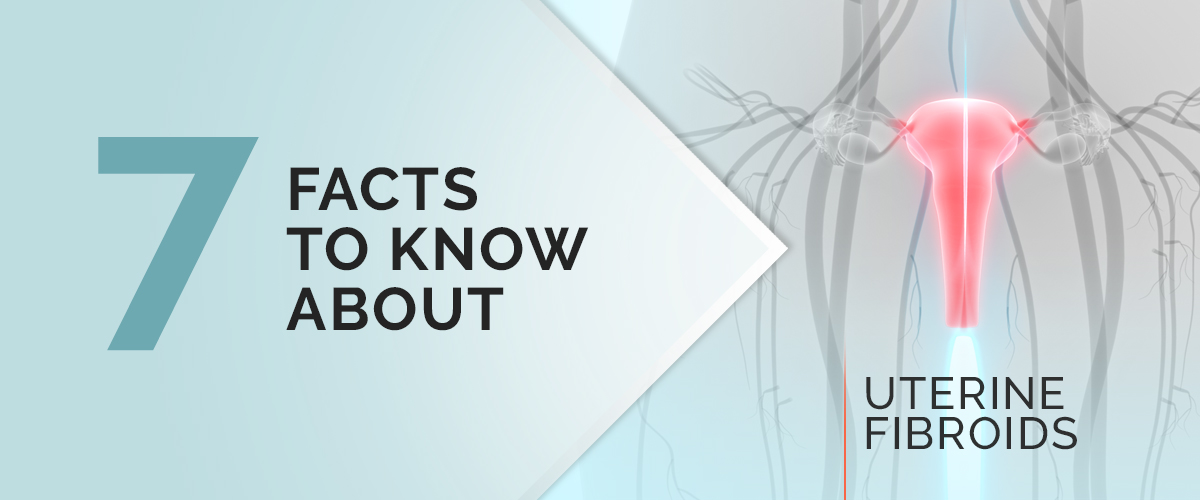
Uterine fibroids, also known as leiomyomas or myomas, are non-cancerous growths in the uterus that can affect women of all ages. While the exact cause of fibroids remains unknown, several factors are believed to contribute to their development, including hormonal imbalances, genetic predisposition, and environmental influences.
For many women, fibroids remain beneath the surface of their health journey, unnoticed, undiagnosed, and widely misunderstood. These potentially life-altering growths in or around the uterus affect millions of women globally, yet their presence is often only revealed after years of unexplained pain, heavy periods, and, in some cases, fertility struggles.
Beyond the clinical landscape, the emotional toll of fibroids is immense. You may feel confused, isolated, and even ashamed, especially if you come from a culture where menstruation and reproductive health are taboo subjects.
The pain of fibroids is not just physical; it’s social and psychological. Imagine having to explain missed workdays, avoiding intimacy, or navigating fertility challenges.
These experiences can take a mental toll that rivals the physical impact of the condition itself. For any woman, a fibroid diagnosis is often a wake-up call. The trauma of enduring years of fatigue and heavy bleeding before seeking help is unforgettable. And even when a diagnosis brings clarity, it can also bring fear and anxiety.
Fibroids may be common, but knowledge about them is not, and this isn’t surprising in a society where reproductive health is still not widely discussed. The silence can be costly.
As a woman, fibroids may grow inside the walls of your uterus, sometimes protruding into the uterine cavity or extending outward. They range in size from undetectable nodules to large masses that distort the shape of the womb. Regardless of size, their impact on your health can be profound.
Despite being benign, fibroids can cause chronic pain, excessive bleeding, infertility, and complications during pregnancy. The journey toward understanding fibroids begins with knowing what they are, how they behave, and why they affect women so differently. One of the most surprising aspects of fibroids is their unpredictability. One woman may carry fibroids for years without symptoms, while another may suffer debilitating symptoms that disrupt her life, career, relationships, and emotional well-being.
Hormonal changes, especially involving oestrogen and progesterone, play a central role in fibroid development.
These hormones stimulate the growth of the uterine lining during the menstrual cycle and appear to encourage fibroid growth. This is why fibroids often enlarge during a woman’s reproductive years, when hormone levels are higher and tend to shrink after menopause, when those levels decline. If you have a family history of fibroids, your risk is significantly higher, suggesting a hereditary link.
Environmental and lifestyle factors also play a part. Your diet may directly or indirectly influence your risk or protection against fibroids. Obesity, a growing concern across age groups and regions, is associated with higher oestrogen levels, which could facilitate fibroid growth.
A woman who begins her menses early has also been linked to a higher fibroid presence due to certain chemicals, such as phthalates, found in beauty products, plastic containers, and household goods. These substances may disrupt the body’s endocrine system and contribute to tumour growth.
Interestingly, emotional stress and psychological trauma have also played key roles. Studies suggest that if you have experienced major life stresses or childhood abuse, you may be more susceptible to developing fibroids.
Even being under chronic stress can disrupt hormonal balance, causing biological changes that foster fibroid growth. While this link is not yet fully proven, it offers a broader view of health, one that integrates both body and mind.
Diagnosing fibroids typically involves a pelvic examination followed by imaging techniques such as ultrasound or MRI. These tests help locate fibroids, determine their size, and evaluate their impact on surrounding organs.
In more complex cases, hysteroscopy, a procedure using a thin camera inserted into the uterus, can provide a closer look at fibroids inside the uterine cavity. However, because fibroids can mimic other conditions such as endometriosis or pelvic inflammatory disease, an accurate diagnosis is essential.
Treatment depends on the severity of your symptoms, the number and location of the fibroids, and whether you wish to have children.
Not all fibroids require intervention. But when symptoms interfere with daily life or threaten fertility, options range from medication to surgery, minimally invasive or non-invasive.
High-Intensity Focused Ultrasound is fast gaining ground as the preferred fibroid removal method for many women in Nigeria and around the world.
Other options, such as hormonal therapies, including birth control pills or GnRH agonists, can shrink fibroids and reduce bleeding, but typically provide only temporary relief.
Uterine artery embolisation is a minimally invasive procedure that cuts off the fibroid’s blood supply, causing it to shrink. Another emerging option, ultrasound-guided focused ultrasound, uses high-frequency sound waves to destroy fibroid tissue without incisions.
Myomectomy involves removing fibroids while preserving the uterus, making it ideal for those wishing to become pregnant.
In contrast, a hysterectomy, the removal of the uterus, provides a permanent solution but eliminates reproductive potential. While fully preventing fibroids may not yet be possible, awareness leads to earlier detection and better outcomes.
Simple but effective steps such as tracking menstrual patterns, maintaining a healthy weight, managing stress, and undergoing routine gynaecological check-ups make a difference. Conversations about fibroids must start in the home, school, and workplace, with openness replacing shame.
The bottom line: Every woman deserves to understand her body. Every girl should learn what fibroids are before they become a crisis.
And every society must recognise fibroids not just as a women’s issue but as a public health priority.
As science continues to explore new treatments and uncover causes, one truth remains clear: the power to transform fibroid care lies not only in medicine but also in knowledge, compassion, and dialogue.
Provided by SyndiGate Media Inc. (Syndigate.info).


%20(1024%20x%201024%20piksel)%20(5).png)
%20(1024%20x%201024%20piksel)%20(1).png)
0 Comments